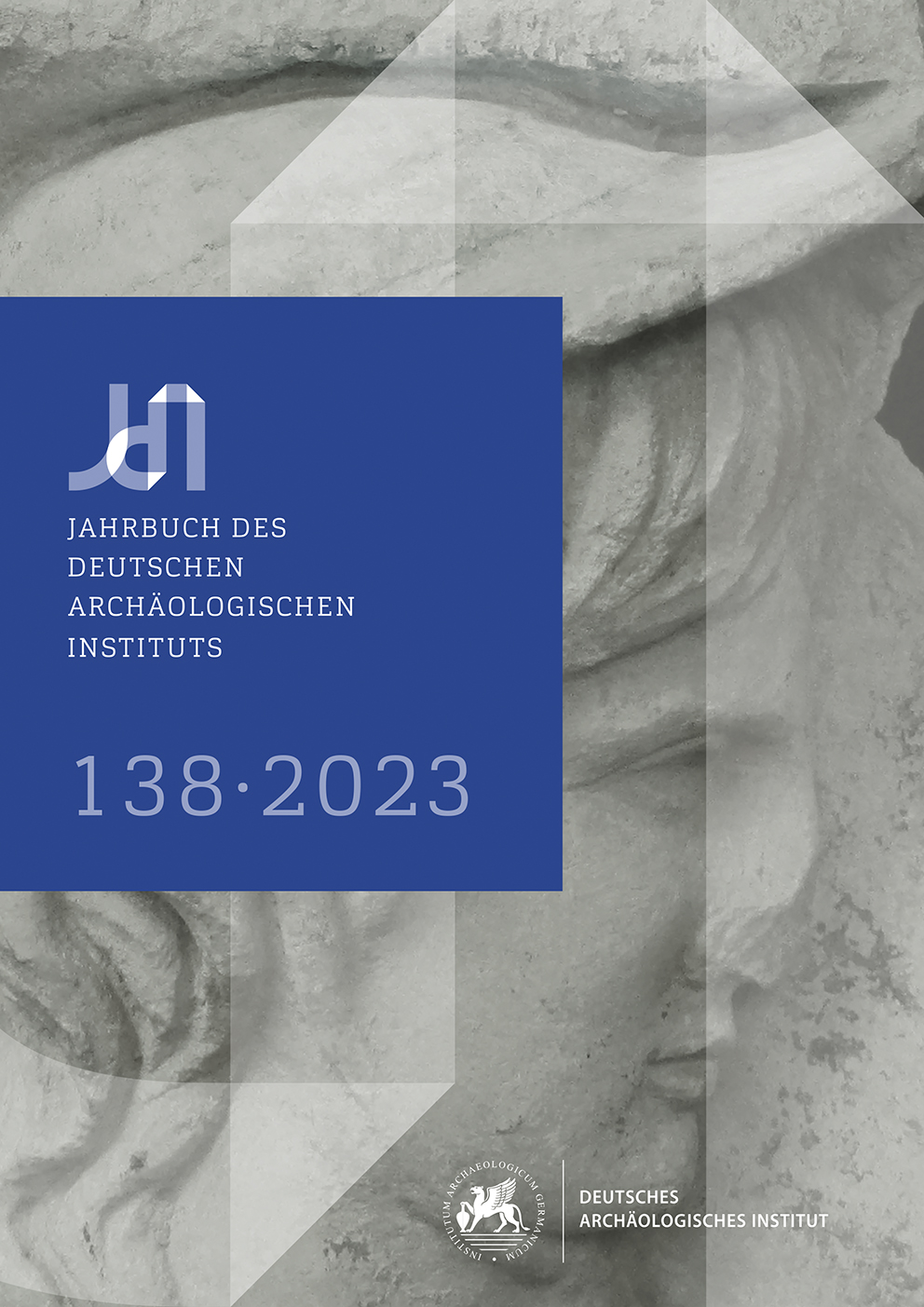Myths and Mythical Heroes on Attic Sarcophagi
https://doi.org/10.34780/zad8-7w4z
Abstract
Attic sarcophagi with relief scenes were manufactured from the Hadrianic era until shortly after the mid-3rd century A.D. in Athens, and are one of the most important categories of sculptures produced by Attic workshops during this period. The majority of sarcophagi were intended to be exported throughout the Mediterranean basin, a fact that must be taken into serious consideration in an attempt to understand their imagery. Their mythological illustrations are one of the most important parameters that attract purchasers. The scenes selected are relatively few in number and are expressed in a manner that is accessible for recipients. Their compositions are new creations of the 2nd and 3rd centuries A.D. which, while adopting a classicising visual language, do not reproduce older compositions. These creations take into consideration their audience, one of wide and heterogeneous cultural background and varying beliefs with regard to burial customs and worship of the dead. This way, the Athenian workshops creating these funerary monuments successfully met the demands and expectations of the purchasers of exceptionally wide geographic and social origin throughout the Roman Empire.
Schlagwörter:
Attic sarcophagi, Attic workshops, Achilleus, Amazons, Hektor, Hippolytos, Meleagros





